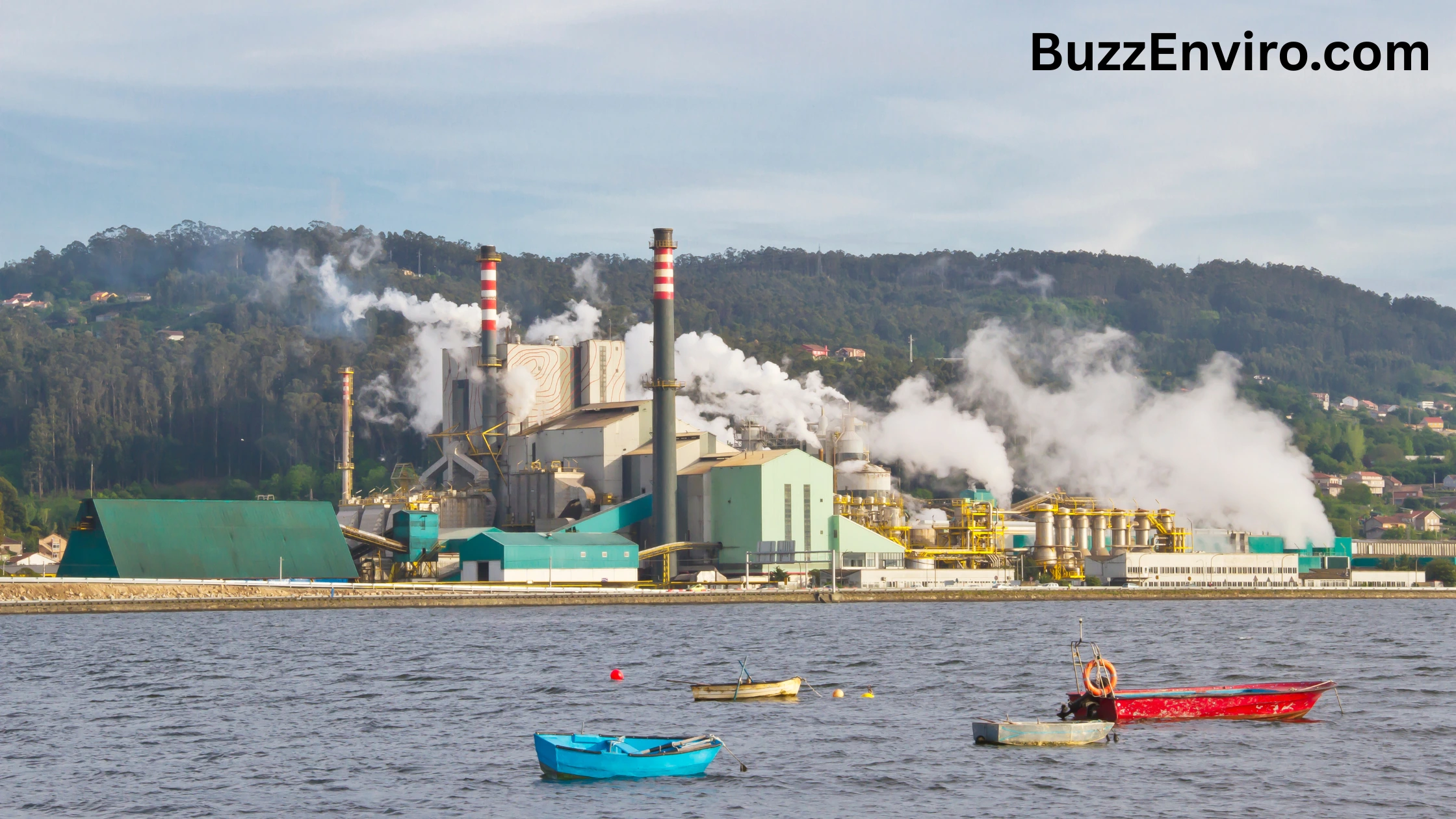The transition to clean energy has been a long and challenging process, especially in areas
where coal and oil have been the backbone of the local economy for decades. However, a
new tax break is on the horizon that could help encourage the development of clean energy
projects in these areas, creating new job opportunities and reducing the reliance on fossil
fuels. In this blog, we’ll explore the details of this tax break and what it means for coal and oil
towns.
The Tax Break
The tax break in question is called the New Markets Tax Credit (NMTC), which was created
by Congress in 2000 to encourage investment in low-income communities. The credit provides investors with a 39% tax credit over seven years for investments in qualifying
projects located in designated “distressed” areas. The credit has been successful in
encouraging investment in a variety of projects, including affordable housing, community
facilities, and small businesses.

Expanding Eligibility to Renewable Energy Projects
Until recently, clean energy projects were not eligible for the NMTC, limiting their ability
to attract investors and secure financing. However, in 2020, the Internal Revenue Service
issued new guidance expanding the eligibility of clean energy projects for the NMTC, making it easier for these projects to attract investment.
This new guidance includes renewable energy projects, such as wind and solar energy projects. The expansion of the NMTC to renewable energy projects provides a significant
boost to clean power development in areas where coal and oil have been the primary
industries.
Impact on Coal and Oil Towns
The expansion of the NMTC to renewable energy projects has the potential to be a game changer for coal and oil towns. These towns have been hit hard by the decline of the coal and
oil industries, with high rates of unemployment and limited economic opportunities. However, many of these towns have the potential to be prime locations for renewable energy
projects, given their access to land and natural resources.
The NMTC could provide the financial incentives needed to jumpstart the development of
renewable energy projects in these areas. This could create new job opportunities for residents, stimulate economic growth, and reduce the reliance on fossil fuels, helping to
mitigate the environmental impacts of these industries.
Benefiting Clean Energy Companies
The expansion of the NMTC to clean energy projects is not only beneficial for coal and oil
towns but also for clean energy companies. With the NMTC providing a tax break to investors, it becomes easier for clean energy companies to secure the financing they need to
undertake large-scale renewable energy projects. This could lead to increased investment in
renewable energy, which could help reduce the overall cost of renewable energy projects and make them more competitive with fossil fuel-based energy.
Conclusion
The expansion of the NMTC to renewable energy projects represents an important step
forward in the transition to clean energy, particularly in areas that have traditionally relied on coal and oil. By providing a tax break to investors, the NMTC could help attract financing for
renewable energy projects, creating new economic opportunities and reducing the environmental impacts of fossil fuel production. While the transition to clean energy is still a complex and challenging process, this tax break represents a significant step in the right
direction.






